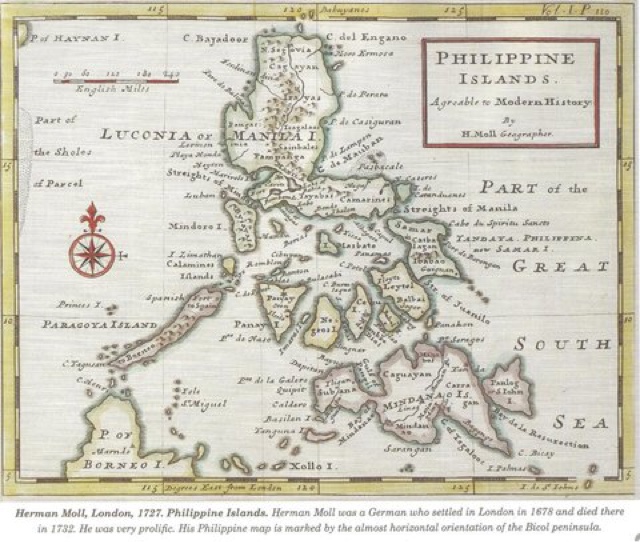Joint Statement on the ASEAN-U.S. Strategic Partnership
We, Heads of State/Government of the Member States of the Association of Southeast Asian Nations (ASEAN) and the United States of America, gathered in Kuala Lumpur, Malaysia on 21 November 2015 for the 3rd ASEAN-U.S. Summit. Today, we elevated our relationship to the ASEAN-U.S. Strategic Partnership to strengthen the role our relationship plays in realising this common vision of a peaceful, prosperous Asia-Pacific region that offers security, opportunity and dignity to all its citizens.
The ASEAN-United States relationship has expanded dramatically since formal relations began in 1977. The United States acceded to the Treaty of Amity and Cooperation in Southeast Asia in 2009, was the first non-ASEAN country to appoint a resident Ambassador to ASEAN in 2010, and joined the East Asia Summit in 2011. We institutionalised annual ASEAN-U.S. Summits in 2012.
We recognise that our relationship is grounded in shared principles, including the principles and purposes of the Charter of the United Nations and the ASEAN Charter. We are committed to a rules-based approach in Asia, respect for international law and the peaceful resolution of disputes. Our partnership is committed to strengthening democracy, enhancing good governance and the rule of law, promoting and protecting human rights and fundamental freedoms, encouraging the promotion of tolerance and moderation, and protecting the environment.
ASEAN and the United States dedicate themselves to the ASEAN integration process and to building a strong, stable, politically cohesive, economically integrated, socially responsible, and a people-oriented, people-centred ASEAN Community, as reflected in the ASEAN Community Vision 2025 and its Blueprints. In realizing these objectives, we will also work together to strengthen ASEAN connectivity and narrow the development gap, including through development cooperation.
Further we are dedicated to ASEAN Centrality in the evolving rules-based regional architecture of the Asia-Pacific. We recognise the important role we have each played, and that we have played together, in maintaining peace and stability in the Asia-Pacific region.
Today we usher in a new era for our relationship as we come together to set a path for our future partnership with shared goals and priorities. We welcome the adoption of the Plan of Action to Implement the ASEAN-United States Strategic Partnership (2016-2020) to further strengthen this partnership, particularly within the five priority areas of cooperation, namely, economic integration, maritime cooperation, transnational challenges including climate change, emerging leaders and women’s opportunities. We will continue to cooperate through important ASEAN-led mechanisms such as the East Asia Summit, ASEAN Regional Forum, and ASEAN Defense Ministers Meeting Plus. We will also continue to engage through the Track 1.5 Expanded ASEAN Maritime Forum.
We reaffirm the importance of maintaining peace and stability, ensuring maritime security and safety, and freedom of navigation including in and over-flight above the South China Sea. We reaffirm the collective commitments contained in the Declaration of the Conduct of Parties in the South China Sea (DOC) to ensure the resolution of disputes by peaceful means in accordance with universally recognised principles of international law, including the 1982 United Nations Convention on the Law of the Sea (UNCLOS) and the relevant regulations, standards and recommended practices of the International Maritime Organisation (IMO) and the International Civil Aviation Organisation (ICAO), without resorting to the threat or use of force and while exercising self-restraint in the conduct of activities. We support ASEAN-China on-going efforts to fully and effectively implement the DOC in its entirety, and to work toward the expeditious conclusion of an effective Code of Conduct (COC).
The ASEAN-U.S. strategic partnership will also play an increasingly prominent global role in tackling transnational challenges. We will build on existing cooperation such as the 2014 ASEAN-U.S. Joint Statement on Climate Change, and will work together to address challenging global issues such as terrorism, violent extremism, climate change, environmental degradation and pollution, energy, infectious diseases, disarmament, proliferation of weapons of mass destruction, cybersecurity, trafficking in persons, illicit trafficking of wildlife and timber, and illegal, unregulated, and unreported fishing.
As to economics, American firms have been the largest cumulative investors in Southeast Asia, creating millions of jobs in the United States and in ASEAN Member States, while investment in America from Southeast Asia has increased more than from any other region in the past decade. The ASEAN Economic Community will create many further opportunities for our citizens as it binds the region more closely together. Going forward, we will work towards increasing two-way trade and investment, promoting trade and investment liberalisation and facilitation, encouraging sustainable and inclusive economic growth and job creation, and deepening connectivity. We also reaffirm our Leaders’ commitment to advance the 2030 Agenda for Sustainable Development.
Our people-to-people ties are more robust than ever with millions of our citizens crossing to each other’s shores every year. We endeavour to continue to strengthen these linkages and cultural ties, especially among young people, as well as to promote opportunities for all our peoples, particularly the most vulnerable.
Today we dedicate ourselves anew to bringing security and opportunity to our peoples and addressing emerging regional and global challenges in the continued promotion of a peaceful, stable, integrated, and prosperous Asia-Pacific community.
Adopted in Kuala Lumpur, Malaysia, on the Twenty-First Day of November of the Year Two Thousand and Fifteen.

















